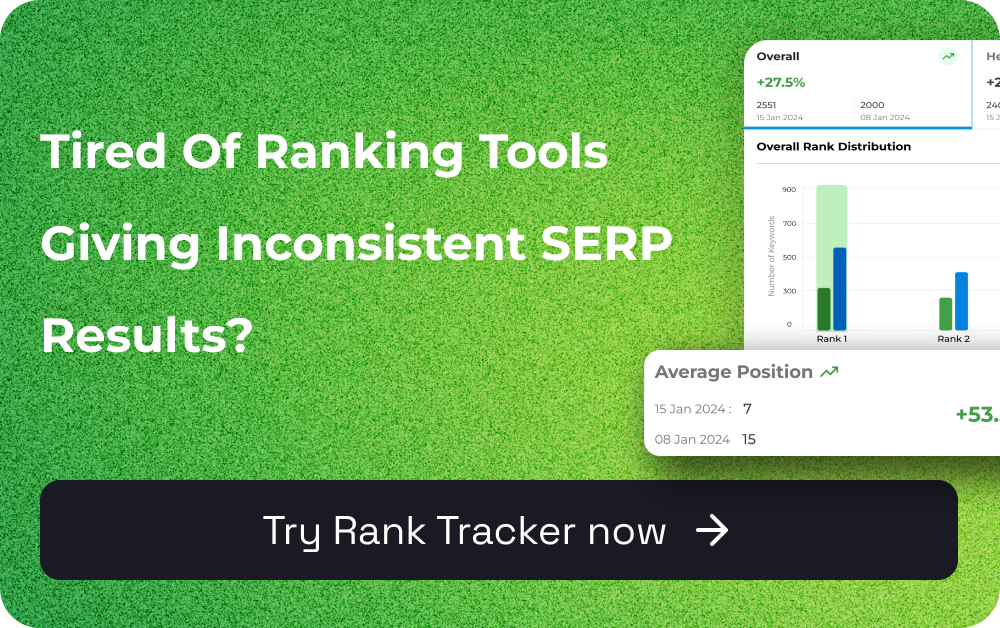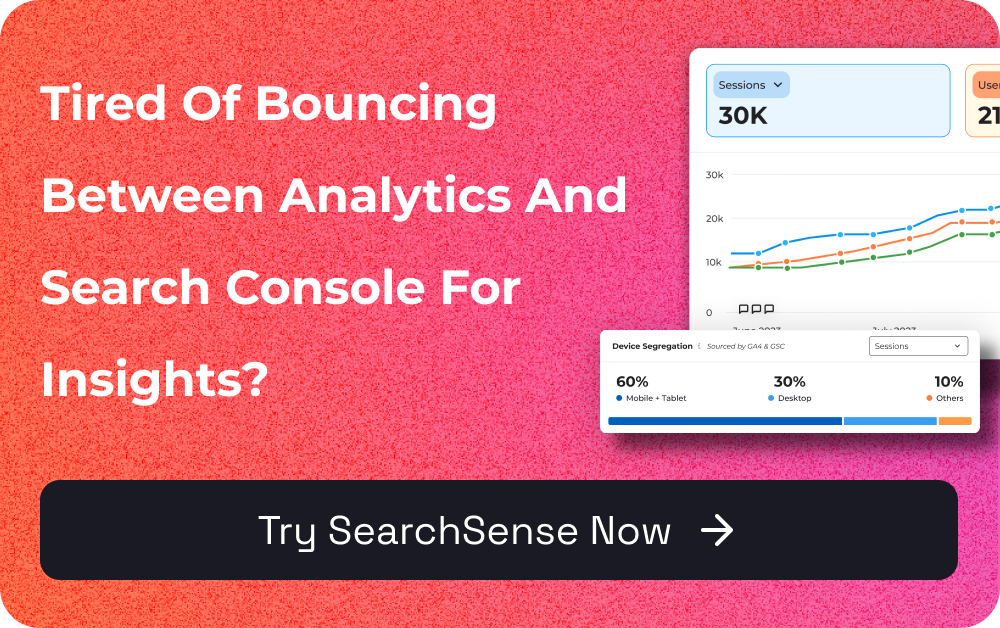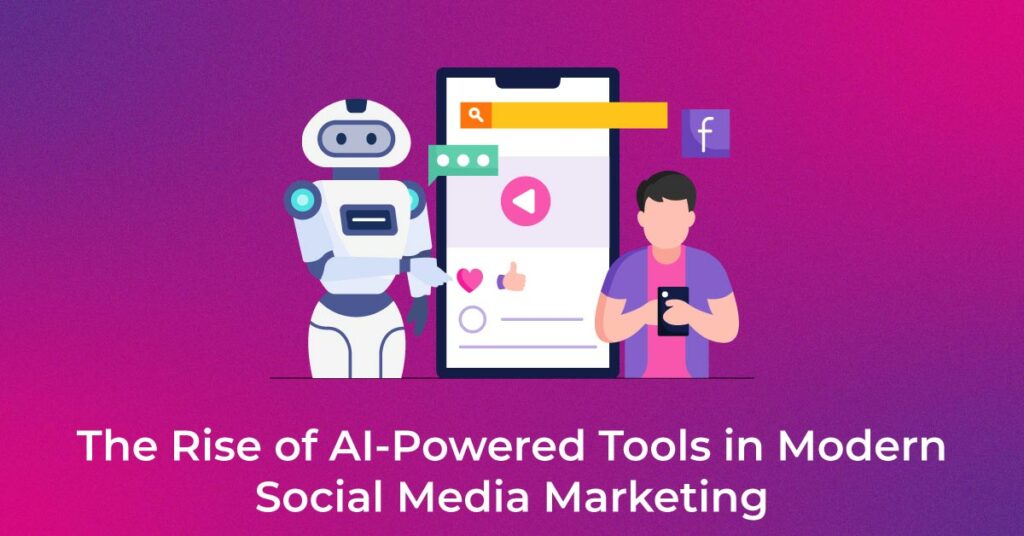AI-powered tools have made an impact on every type of digital marketing. In content marketing, AI tools are used for content generation and optimization. In email marketing, they are used for automating the mail-sending process and for gathering insights, etc.
In the same way, AI-powered tools have also risen to importance in social media marketing. Here in this post, we’re going to explore just how these types of tools can be used in SMM and what type of tasks they can help out with.
What is Social Media Marketing (SMM)?
Before we get started with discussing AI tools and everything, we should first clear up what social media marketing itself is.
SMM is the type of digital marketing in which a brand, product, or service is marketed/promoted through social media platforms. For example, if a company makes a page on Facebook or Twitter (they’re calling it “X” nowadays) and markets its wares through posts, etc., then this would come within the definition of SMM.
That is basically the notebook definition of SMM.
How AI-Powered Tools Play a Helpful Role in SMM?
Let’s talk about some of the main things that are involved in a typical SMM campaign and how AI tools can help out in those.
1. Content creation
Social media marketing – like every other type of digital marketing – is ultimately based on marketing via content. In other words, while the platforms used in this type of marketing are social media, the actual medium of marketing is content…in the end.
In an SMM campaign, there are different types of content that you can create and share. You can share infographics on your social media, or you can create written posts instead.
The way you create this type of content can change how effective your SMM strategy is. You have to come up with a cost-effective and quick way to create marketing content so that your strategy can become sustainable.
And this is something that you can do somewhat easily with AI tools. Here are some examples:
- If you are looking to make some infographics for marketing purposes, you can use tools like Canva. These tools allow you to choose from a host of existing image templates or create new ones using the existing elements, etc.
- On the other hand, if you are looking to create written content instead, you can use tools like ChatGPT. You can have tools like this to create taglines, post content, and other similar pieces of text.
- While using generative tools can be useful, and everything, it can be better to use content optimization tools instead. Since social media marketing has to be specific, using generative tools can be somewhat arduous since they aren’t really aware of the finer details. It can be more efficient to create the content on your own and then improve it with AI. That way, you can make the content specific and tailored while also giving it AI perfection.
If you want to take things the way we’ve described in the third point above, you should use an online paraphrasing tool. In other words, you can write your content yourself and then paraphrase it with an AI tool like Paraphrase Online.
2. Content sharing/publishing automation
After the content is done and created, the next that follows is sharing or publishing it online.
This can also be a long and arduous process of the whole affair. Normally, you have to wait for the ideal time, then prepare the post/content, optimize it using the right search tags, etc., and then publish it.
But with AI tools, this whole process can be automated. You can, for example, set up multiple posts beforehand and then schedule them to be published at a later time. This is quite a popular function that a lot of online SMM tools provide.
As a reference, we can talk about a particular tool called Hootsuite.
One of the main features that you can use with Hootsuite is “Publishing and Scheduling.” You can set up an entire publishing calendar for days and weeks in advance. You can arrange for particular posts to be published on specific days and at specific times.
With this feature at hand, you can create your social media content and then just automate the way it has to be published. After that, you can spend your time elsewhere where it is required.
3. Deriving insights and statistics
There are different metrics and statistics that you have to constantly check during your SMM campaign. The metrics – such as the number of clicks and views your posts get, etc. – can help you realize what works for your campaign and what doesn’t.
Any change that you bring in your content style or publishing schedule, etc., can easily show its results in the stats. If you adopt a new content style and the stats go up, you can take that to mean that the new style is better than the previous. And the opposite holds true if the stats go down after any such change.
Tracking and finding out these types of stats and metrics is also something that you can do with AI tools. There are many online platforms and tools that allow you to do this. The tool that we talked about above, i.e., Hootsuite, is also one of those.
There is a whole segment of Hootsuite’s services that aims at collecting social media insights and statistics. Here is a quick overview of what those services entail.
Conclusion
In the post above, we’ve merely scratched the surface of the things that you can do with AI tools during your SMM campaign. There is a lot more as well.
Some of the things that AI tools have enabled us to do are things that there is no other alternative for. Scheduling posts and creating content calendars, for example, don’t have any other equally effective manual approaches that you can take.
By understanding the different ways in which you can utilize AI tools for various SMM tasks, you can leverage them effectively and make the most out of them.
Popular Searches
How useful was this post?
4.2 / 5. 15


















